The common name Nasturtium (Tropaeolum) is used to identify about 50 species of plants, coming from Central and South America. The Latin name trophae means small trophy. This describes the helm-like shape of the flowers and leaves.
Nasturtium is found all over the world. It can be cultivated in gardens or in balconies, since it is not finicky and does not require any particular care. An interesting fact that few know however, is that besides for decoration, nasturtium can be used for consumption as well.
In cooking, all parts of nasturtium are used except the roots. The unripe seeds and flowers are spicy and are used for flavoring certain types of vinegar. The young leaves are used to season salads.
They provide them with a refined taste and pleasant flavor. In addition, the aboveground parts of the plant are used in recipes for treating anemia, vitamin deficiency, kidney problems and hair loss.
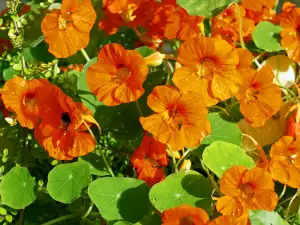
The entire plant has an acrid taste, similar to that of capers. It is characterized by a specific flavor. The glycoside glucotropaeolin is found in the usable leaves, stems and green fruits. When it reacts with the enzyme myrosin, it releases an essential oil, similar to mustard oil.
Nasturtium is mainly used in the cuisine of the peoples of Central Europe and the Caucasus. All of the aboveground parts are used, excluding the flowers, as a stand-alone ingredient or as a seasoning for meat dishes. It's also used to make one of the most popular vegetable mayonnaises.
However, the flowers of nasturtium can also be utilized - most often to decorate cold dishes, such as salads and mayonnaise. The green fruits of the plant are marinated with vinegar and dill. They are also used to garnish cold dishes.
In cuisine, as well as in medicine, the daily dose of nasturtium is about 1.5 oz (40 g) of aboveground parts. Medicine made from it is taken twice a day, mostly for kidney diseases. Juice of nasturtium (2 tbsp (30 g)) is recommended as a powerful antiseptic.
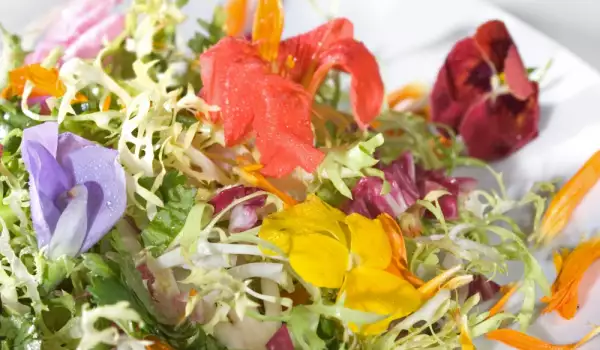
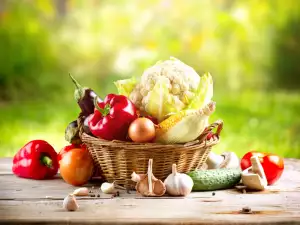
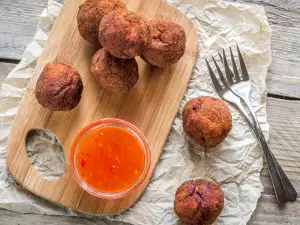


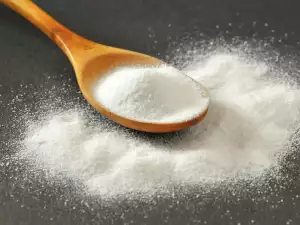
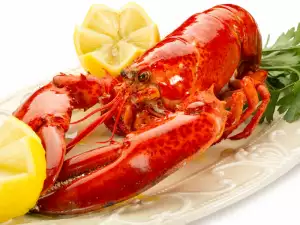
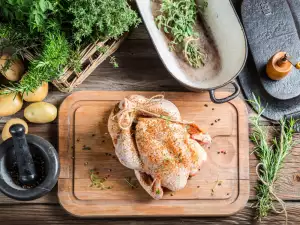
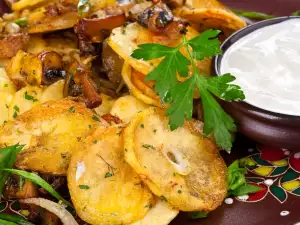


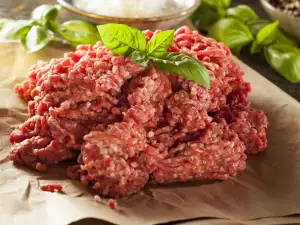
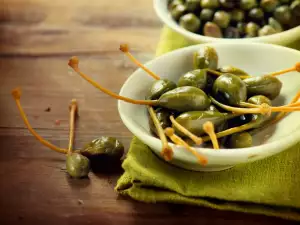
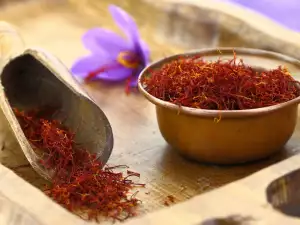

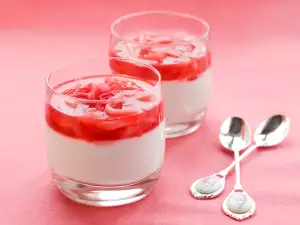




Comments